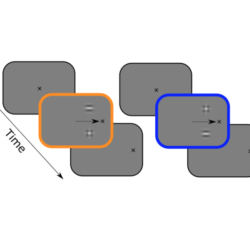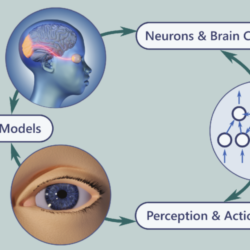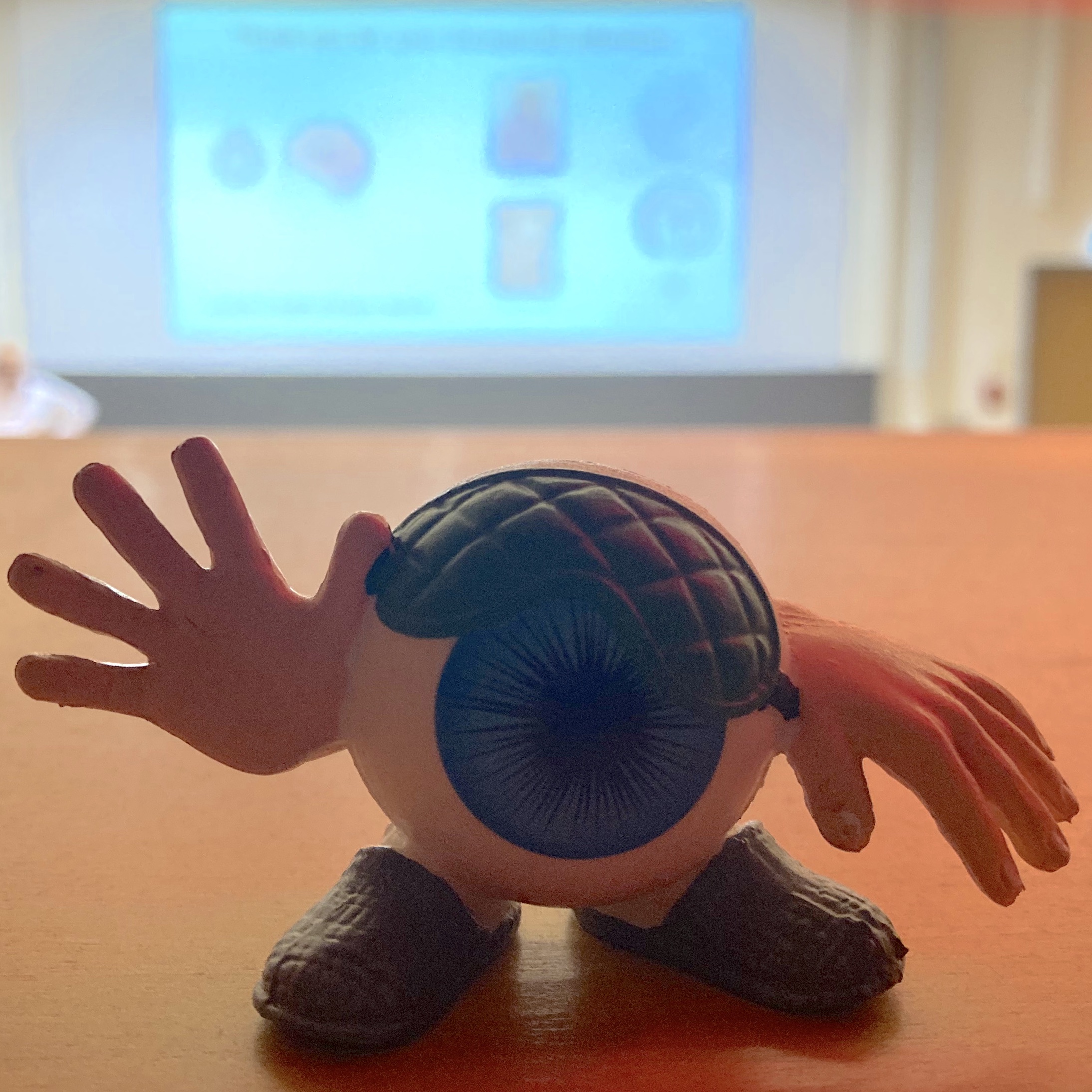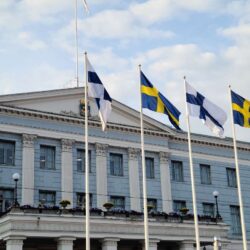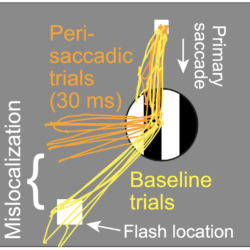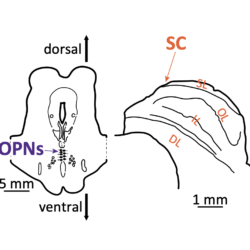Peri-saccadic visual performance and neural sensitivity are higher in the upper visual field, unlike in the absence of rapid eye movements
We have a new paper just published in the Journal of Neuroscience. In this paper, we investigated visual field anisotropies, but specifically when visual stimuli appeared in the temporal vicinity of rapid saccadic eye movements. Past work has shown that visual perceptual performance is either the same or significantly better (depending on the stimulus conditions)[…]

